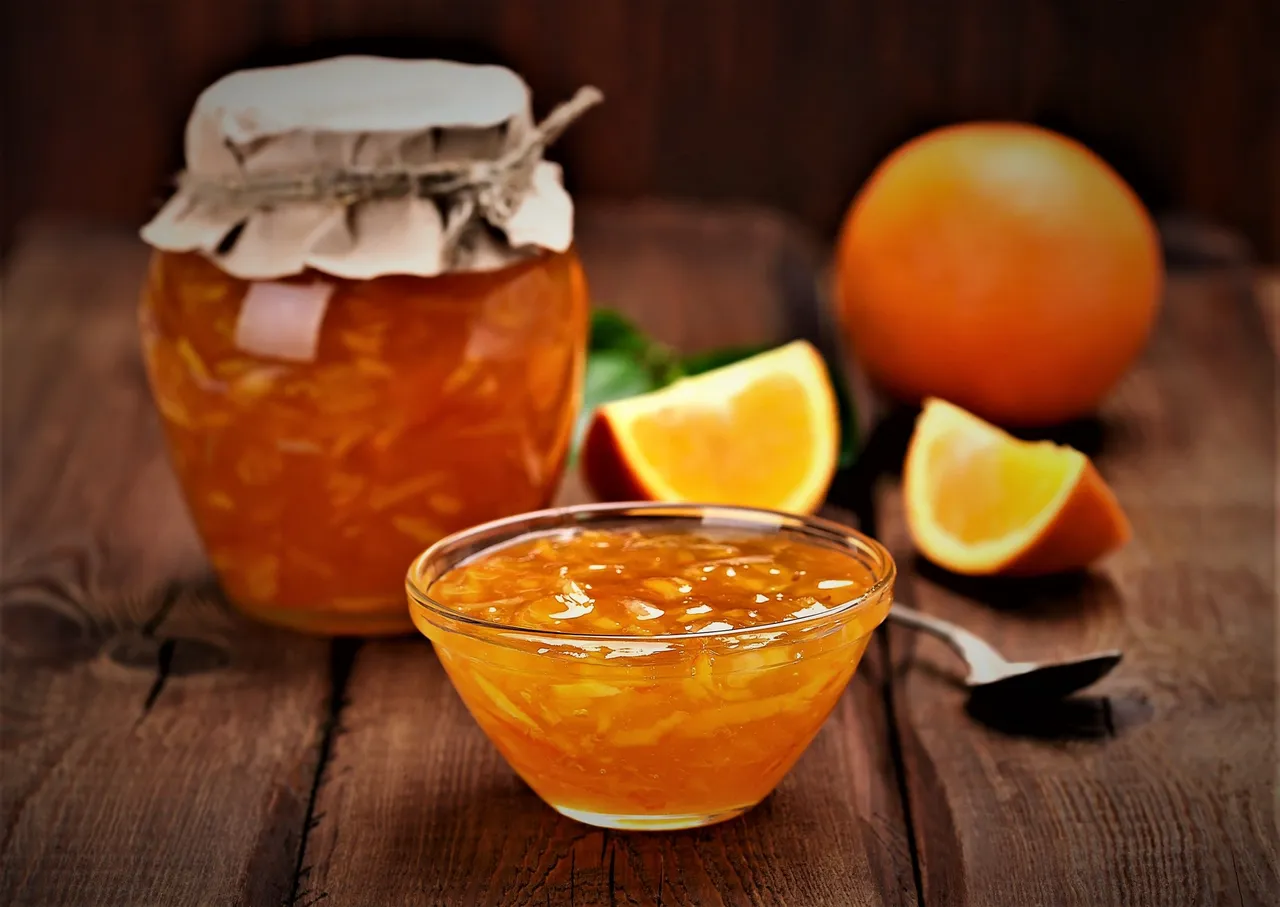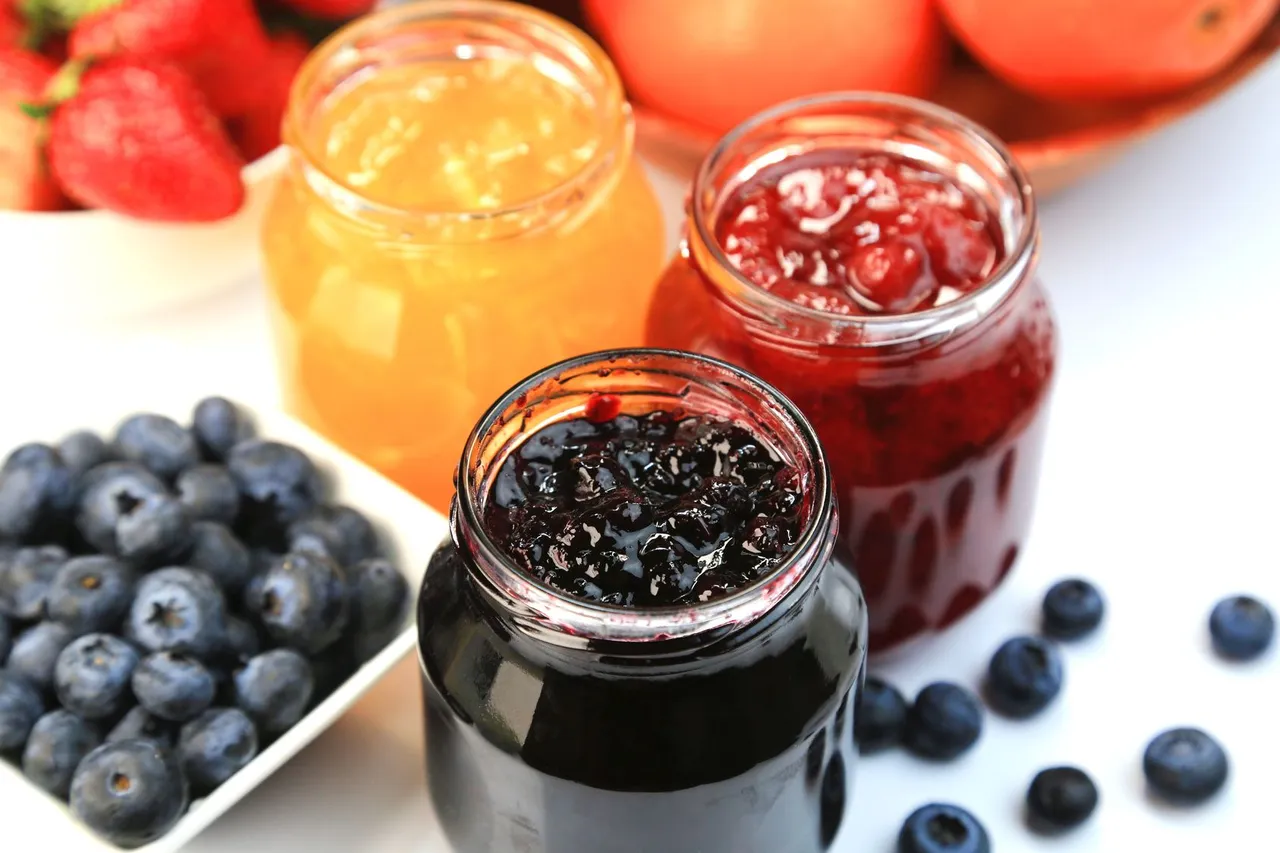Many people are systematically confusing jam and marmalade. For this reason even the European Community, more than thirty years ago, has resolved the dispute with a directive, 79/693 of 1979. In addition, there's a third type of fruit based jelly, called fruit compote. So, let's see the difference!
Marmalade
Marmalade, is a product consisting exclusively of sugar and citrus. The percentage of fruit must necessarily higher than 20%. The fruit type must be among orange, mandarin, lemon, cedar, bergamot and grapefruit. The European directive also specifies that the parts of the citrus fruit that can be used to prepare the marmalade are pulp, purée, juice, aqueous extracts and zest.

Jam
Unlike marmalade, jam can be prepared with any type of fruit. There are no limits of types, geography or seasonality of the food we use. The important thing is to use the pulp and never in percentage less than 35%. In the case of an "extra jam" it is necessary, however, to verify that the fruit percentage exceeds 45%.

Fruit compote
Having clarified the difference between marmalade and jam, it may be useful to clarify even what distinguishes them from the fruit compote. In fact, it is a third type of fruit-based product that has much in common with the others, but is generally considered healthier. Although there is no real regulation on the subject, usually in the compote fruit exceeds two thirds of the total and the amount of sugar is significantly lower than other preparations. For this reason, the compote is often recommended for a healthy breakfast.
Did you like the post? Please upvote, comment and follow!